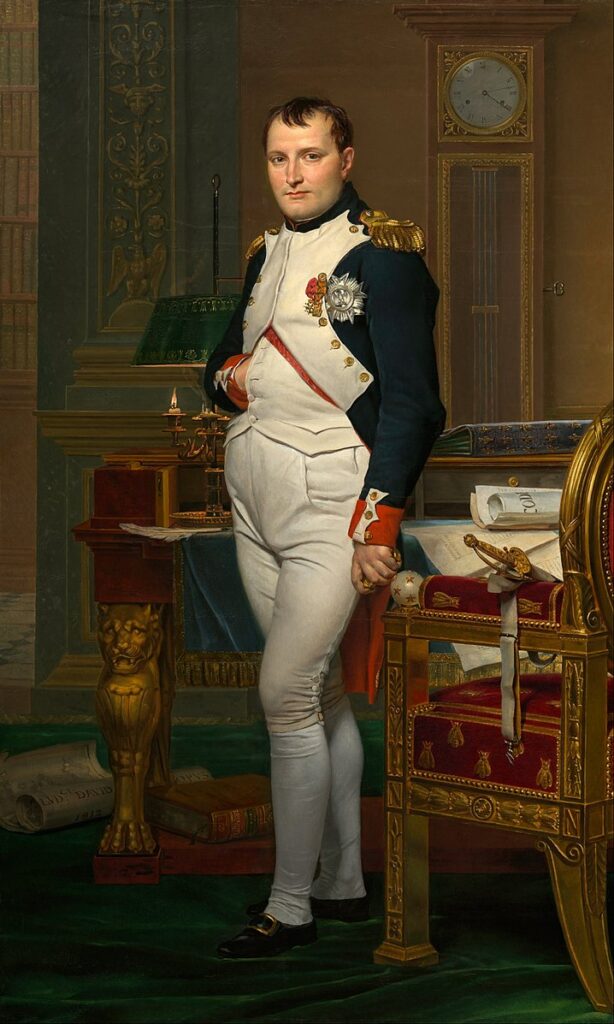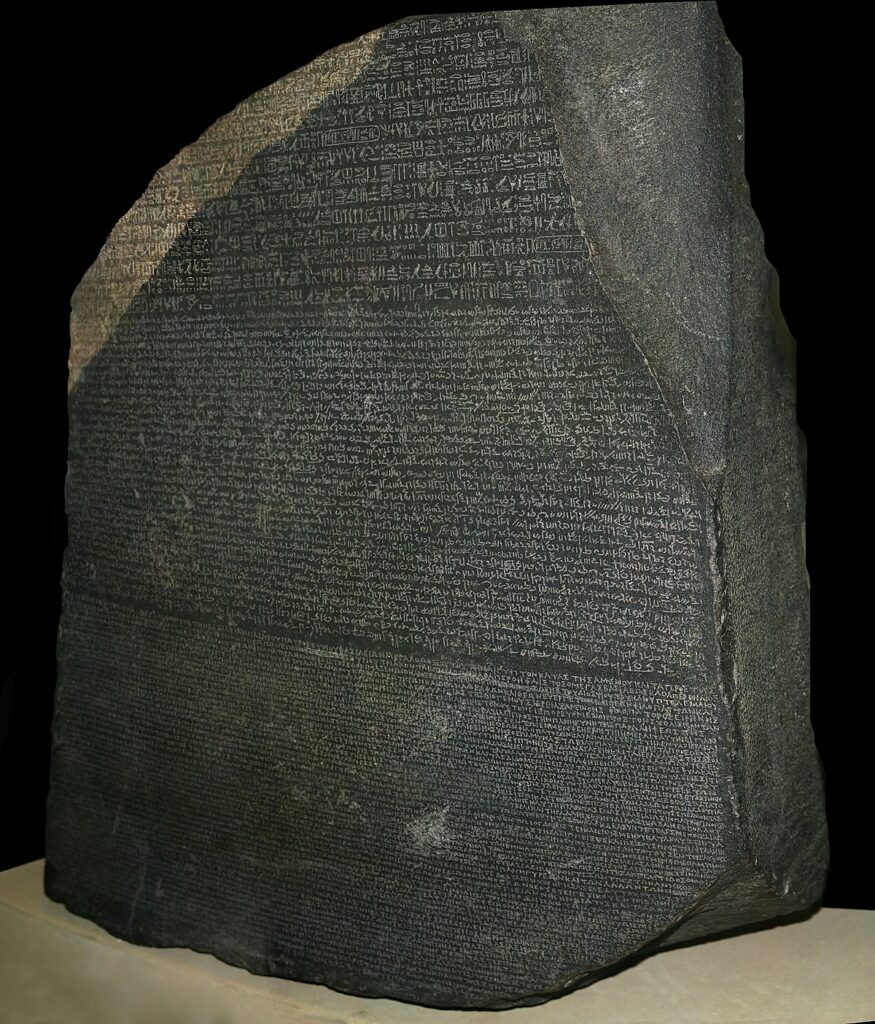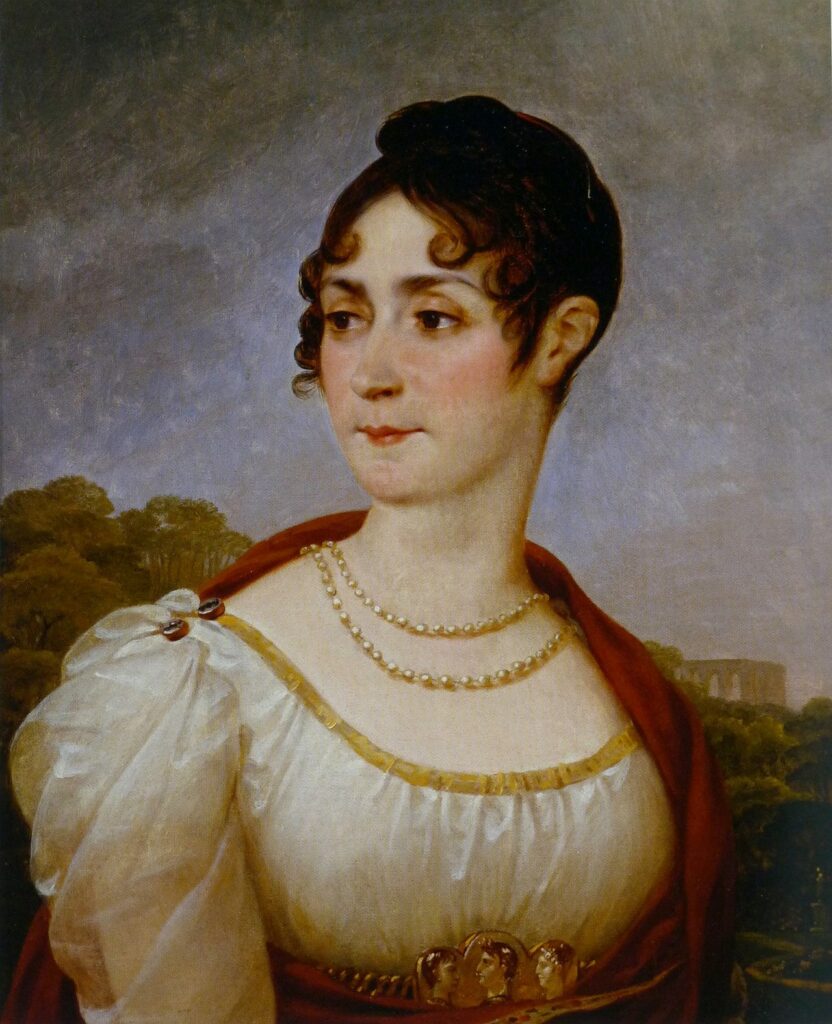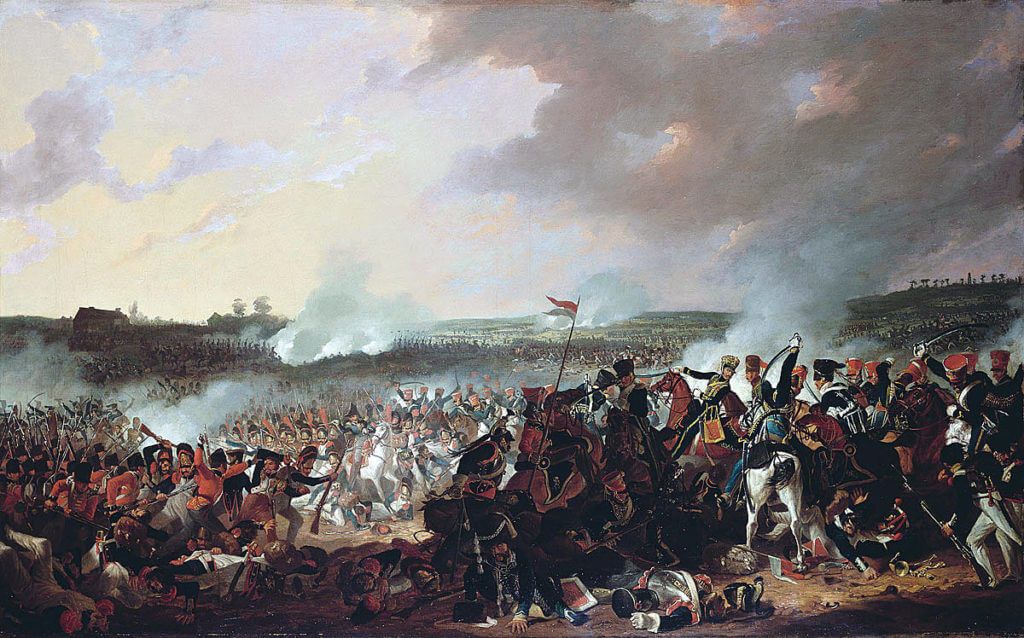To some, Napoleon Bonaparte was a great leader who brought glory to France; to others, he was a ruler whose actions were oppressive. Nonetheless, everybody agrees that Napoleon will forever remain an iconic figure in French culture whose reach extended throughout Europe in the 19th century and to this very day.
Napoleon’s reign and successes showed that he was a military strategist, canny politician, and decisive leader. There must be more than meets the eye for such a prolific figure.
Here are eight amazing facts about Napoleon Bonaparte.

He Was Born in Corsica
Napoleon Bonaparte was born on 15th August 1769 in Ajaccio, Corsica, France. He’s the second surviving son in a family of 10, which was a member of the minor Corsican nobility. Despite his family belonging to the noble class, they weren’t rich.
The Father, Carlo Buonaparte, was a lawyer, and his mother, Letizia Romalino Buonaparte, was a “noblewoman” during her lifetime.
At the time of Napoleon’s birth, France had just adopted Corsica. It was formally a part of the city-state of Genoa, Italy. So, it might seem the French Emperor is of Italian descent. And he maintained strong Nationalistic views about Corsica against the French empire in his early days until the clashes between the Buonaparte family and Pascal Paoli — the then-Corsican Governor.
This clash was mainly because the Governor became increasingly Anglicized. So, Napoleon left Corsica and changed the spelling of his family name to French form.
He Wrote a Romance Novel
Clisson Et Eugene is a fiction of two passionate lovers separated by war and ultimately death, currently selling on Amazon. And, yes, the story is a reconstruction of the great Napoleon’s manuscripts.
He based the story on fantasies of his relationship as a young soldier with Bernardine Eugénie Désirée Clary, his brother, Joseph’s wife’s sister. He never got the opportunity to publish this novella during his lifetime. However, centuries after his death, they divided the manuscripts and auctioned them at different auction houses.
These scripts only revealed the soft-hearted nature behind Napoleon’s fierce and ruthless front rather than proving the man to be a literary whiz.
Most reviews claim the scripts were brief and sentimentally painted a false picture of the situation. These features were also seen in love letters establishing the French Emperor as a crazed romantic.
He Discovered the Rosetta Stone.
The Rosetta Stone is an ancient tablet made of a black rock called Granodiorite. Inscribed on this tablet are scripts of picture writings whose origin can be traced back to Ancient Egypt, where they were used for religious writing.
This kind of writing is called Hieroglyphic writing, and it has been extinct in Egypt since the fourth century C.E. As a result, numerous Hieroglyphic texts could not be understood for years.

However, that was about to change when Napoleon invaded Egypt with French troops in 1799. During the Egyptian invasion, a French soldier named Pierre Francois discovered an artifact with a rough back, broken at an angle, and a smooth front face crammed with texts inscribed in three different scripts.
This stone would later be known as the Rosetta Stone because it was found near the town of el-Rashid.
The inscriptions on the Rosetta Stone were influential in understanding the long-lost Hieroglyphic writings. So, the stone became the property of the French Government when Napoleon conquered the Egyptians.
The British Government, in turn, conquered Napoleon’s French troops and claimed the stone and other antiquities they found in Egypt based on the Treaty of Alexandria (1801).
He Broke off an Engagement With the Future Queen of Sweden To Marry a Widow
Desiree Clary was the daughter of a merchant and a minor noble in France. Napoleon met her when he was 26 during his brother’s wedding with Desiree Clary’s sister, Julie, in 1794.
The pair fell in love and got engaged to themselves. However, shortly after, Napoleon met another woman named Josephine, with whom he fell hopelessly in love. As a result, he moved to break off the engagement with Desiree Clary quickly.
Josephine, the daughter of a sugarcane plantation owner on the Island of Martinique, was named Marie Josephe Rose Tascher de La Pagerie when she was born on 23 June 1763. She was six years older than Napoleon.

Josephine already had three kids with her first husband, an aristocrat named Alexandre de Beauharnais. The man was guillotined during the “reign of terror,” leaving the wife — who only narrowly escaped the heavy blade herself —- widowed.
So, when she met Napoleon on October 15, 1795, she was impoverished with two kids. Yet, Napoleon was helplessly in love with her and hurriedly broke off the engagement with Desiree Clay, who would soon turn her own luck around.
She met another French politician and General: Jean Baptiste Jules Bernadotte, who, like Napoleon, had worked his way up the ranks. Desiree was named Queen of Sweden in August 1810, when Bernadotte, her husband, was elected heir to the throne of Sweden and Norway as King Charles XIV.
The Term, “Meet One’s Waterloo,” is a Reference to One of Napoleon’s Defeats
To meet your Waterloo means to be defeated by a situation or person who is too strong for you. Such was Napoleon’s fate when he waged war against Britain, which had formed an anti-French coalition – though tenuous — comprising Austria, Russia, Sweden, Germany, and Italy.
The duke of Wellington led the troops, and the war was fought near the town of Waterloo in present-day Belgium on June 18, 1815. As the expression suggested, Napoleon was defeated at Waterloo, and his European influence suffered greatly from that moment.

Tensions grew in Britain as they watched via the English channel as Napoleon waged war across Europe. The naval troops of both empires often engaged in heated skirmishes on the high sea before this battle, and both were wary of each other.
So, when Napoleon returned to France after his first exile, he rallied his troops to hit all members of the anti-French coalition before they would all group to attack him. This period is regarded as the “Hundred days Campaign.”
The strategy worked well initially, as he defeated the Prussians at the Battle of Ligny on June 16. He would soon meet his Waterloo in Waterloo near Brussels, where he faced force from the stationed British army, supported by more Prussian troops. This defeat led to Napoleon’s exile on June 22, 1815, to the remote Island of South Helena in the Atlantic Ocean.
He Kidnapped Not One, But Two Popes
During the French Revolution, Napoleon led his troops to invade Rome in 1796. During the invasion, he defeated the current pope, Pope Pius VI as a jailbird, stripping him of his dignity.
The Pope was Napoleon’s prisoner for two years before dying in 1799. While some might argue that the act directly implied the fact that they were at war, Napoleon’s kidnapping of the succeeding Pope raised people’s awareness of the Emperor’s unquenchable thirst for control.
Cardinal Chiaramonti filled Pope VI’s post after his death and became Pope Pius VII. His first line of action at the Papacy was to work with Napoleon to find a balance of power between the French state and the almighty Catholic Church.
After lengthy negotiations, they both reached a compromise that the church was the “religion of a great majority of French people,” yet members of the church were bound to the French state, thus limiting the strength of the church. They signed this agreement in the Concordant of 1801.
Despite the consensus, Napoleon still sought to exert his dominance on the church even though the Pope reluctantly agreed to the majority of Napoleon’s demands. Their relationship deteriorated from then on, starting from Napoleon’s luxurious coronation of himself. However, the relationship broke down completely on June 10, 1809, when Napoleon stormed the pontifical states again.
Pope VII would not have it; he issued the papal bull Quum memoranda in response to Napoleon, who retaliated by sending his troops to kidnap him. His troops spirited the Pope away to the Château of Fontainebleau, where he would remain a prisoner for the next two years.
He Was Exiled From France, Twice!
Napoleon Bonaparte will forever be remembered as one of France’s most outstanding leaders. Yet, despite his might and conquest, the self-acclaimed Emperor had a few downfalls during his reign that led to his banishment from his beloved nation of France.
The first time was in 1795 when he was exiled to the Island of Elba. After spending a short time on the Island, he returned in 1815. However, he was expelled again — this time, for good —- in 1815 to the remote Island of Saint Helena in the South Atlantic, where he died in 1821.
Having invaded Russia in 1812 with over 600,000 soldiers due to their withdrawal from the continental system, the French troops couldn’t cope with the strategy and cold weather of the Russians and were left with only about 100,000 soldiers. Napoleon suffered another defeat simultaneously in the Peninsular war at the hands of the Spanish, Portuguese, and British forces.
The straw that broke the camel’s back came in 1813 when the coalition forces of Prussia, Britain, Sweden, and Austria captured Paris following Napoleon’s defeat at the Battle of the Nations. This defeat led to his abdication in the Château de Fontainbleau in April 1814.
The comeback of “The Hundred Days” on 26 February 1815 saw him return to the battle at Waterloo, where he lost again. The defeat of the battle-weary French Army saw Napoleon evicted from France finally.
Controversies Surrounded His Death
Napoleon died at 51 after a lengthy stint of unpleasant illness on the Island of Saint Helena, where he was exiled. He was known to carry a vial of Poison around his neck if he was ever captured. So, did he eventually down the poison on Saint Helena Island when he was licking his wounds? Some historians answer affirmatively to that question to solve the mystery around Napoleon’s death.
On the other hand, others observed a pattern in which Napoleon placed a hand on his stomach when he posed for portraits, signifying some discomfort in his latter years. While some people interpreted these poses to be a sign of stomach ulcer, others gathered other evidence to maintain the claim that Napoleon had stomach cancer.
The British doctor treating him claimed he had stomach cancer, which caused his death. In contrast, a local Corsican doctor believed the numerous stress he had been through triggered ulcer and gallbladder problems that ultimately led to his death.
However, an international team of researchers claimed to have solved the mystery surrounding Napoleon’s death in 2018. The team had his remains exhumed and examined them using advanced modern techniques. They concluded from their findings that the cause of Napoleon’s death was Stomach cancer.
Bonaparte’s Family Lives On!
Although his son died early, making it impossible for Napoleon’s direct line to be carried across the generations, Napoleon had many siblings whose children still carry on the family name to this very day. A recent one is Prince Jean-Christophe Napoleon Bonaparte, a claimant to the French throne who was a great Nephew of Napoleon up to the third generation.
Another Bonaparte who’ll hardly be forgotten is Charles Louise Bonaparte, the son of Louis Bonaparte and Hortense de Beauharnais. The man declared himself an emperor when he seized power in 1815 as a response to the numerous revolutions happening at that time.

